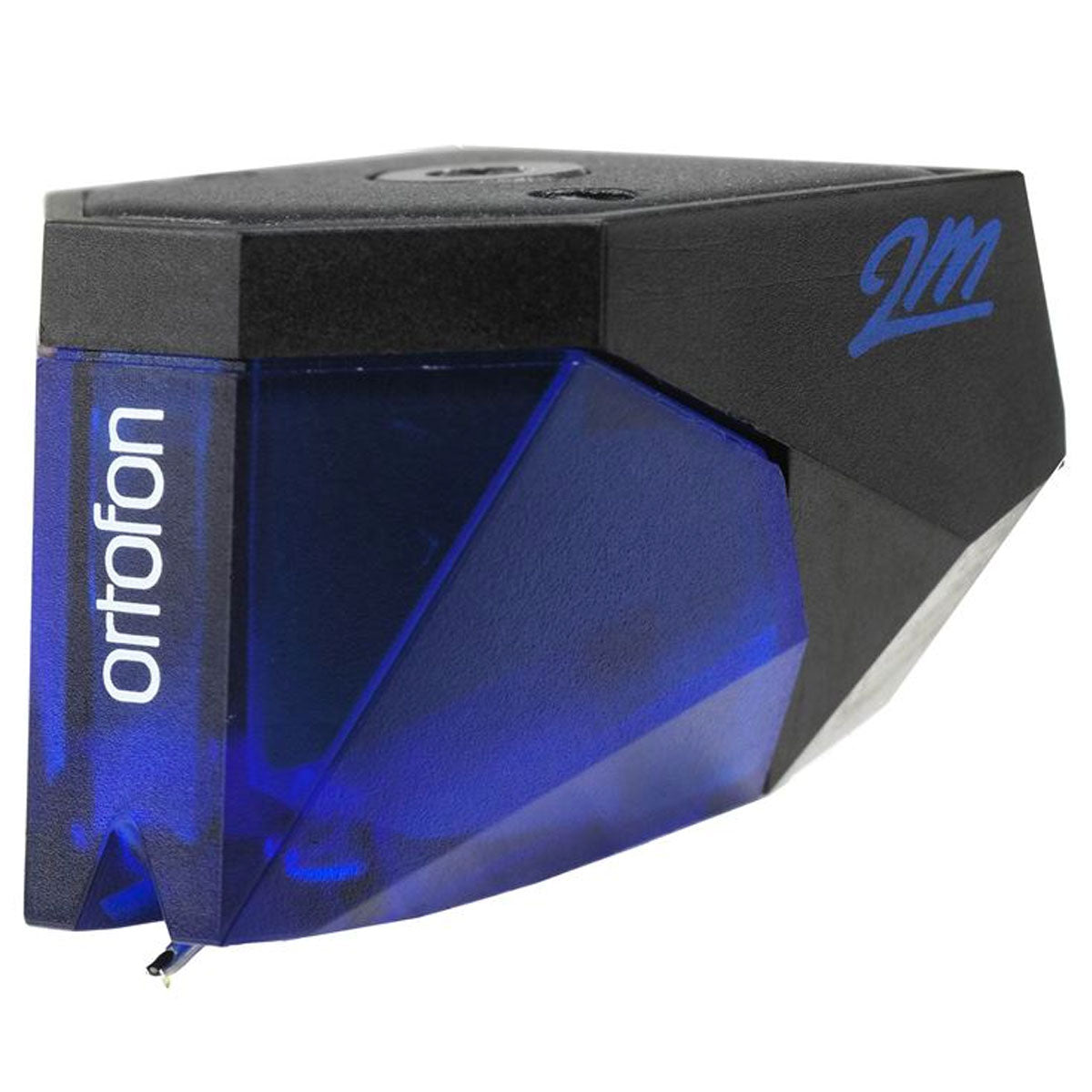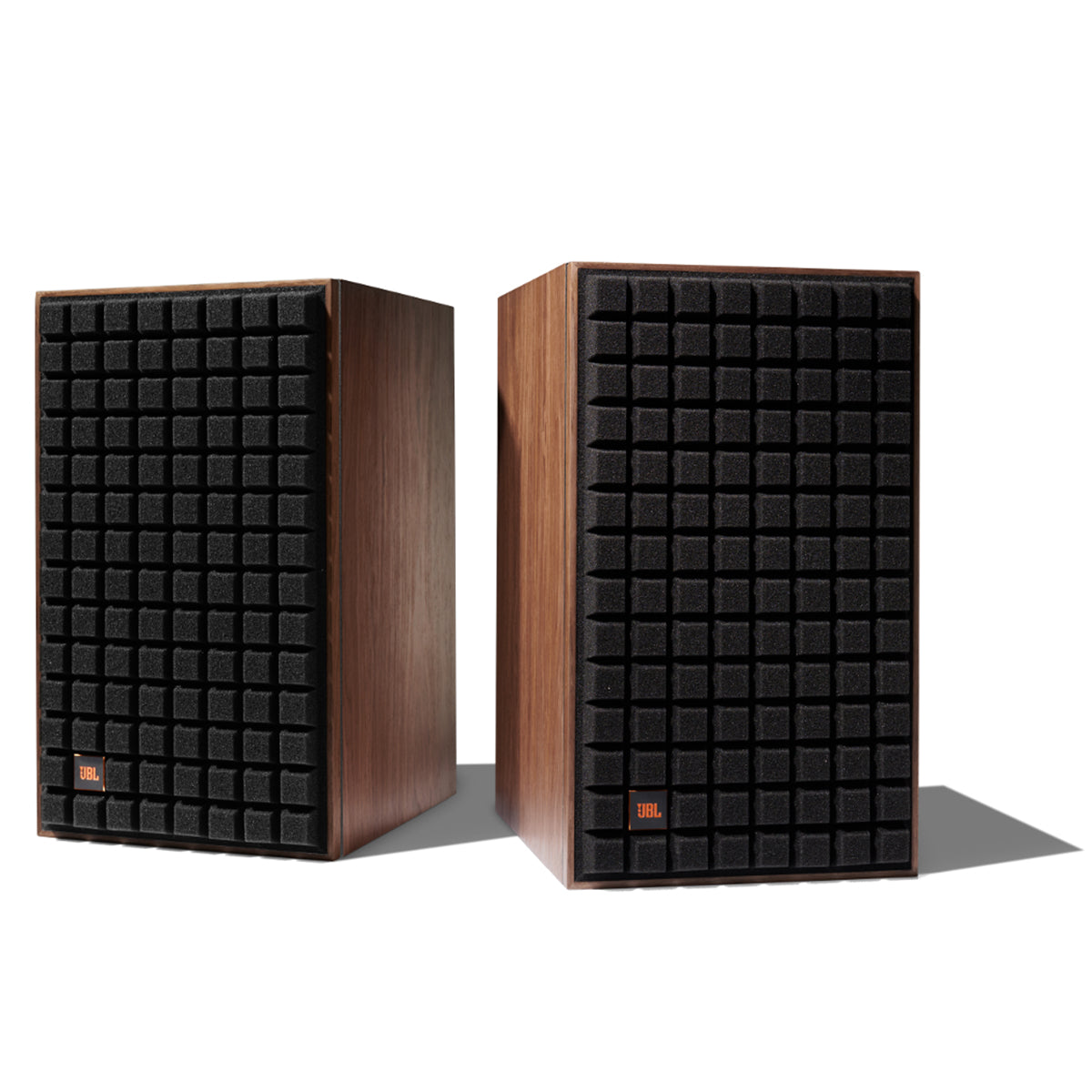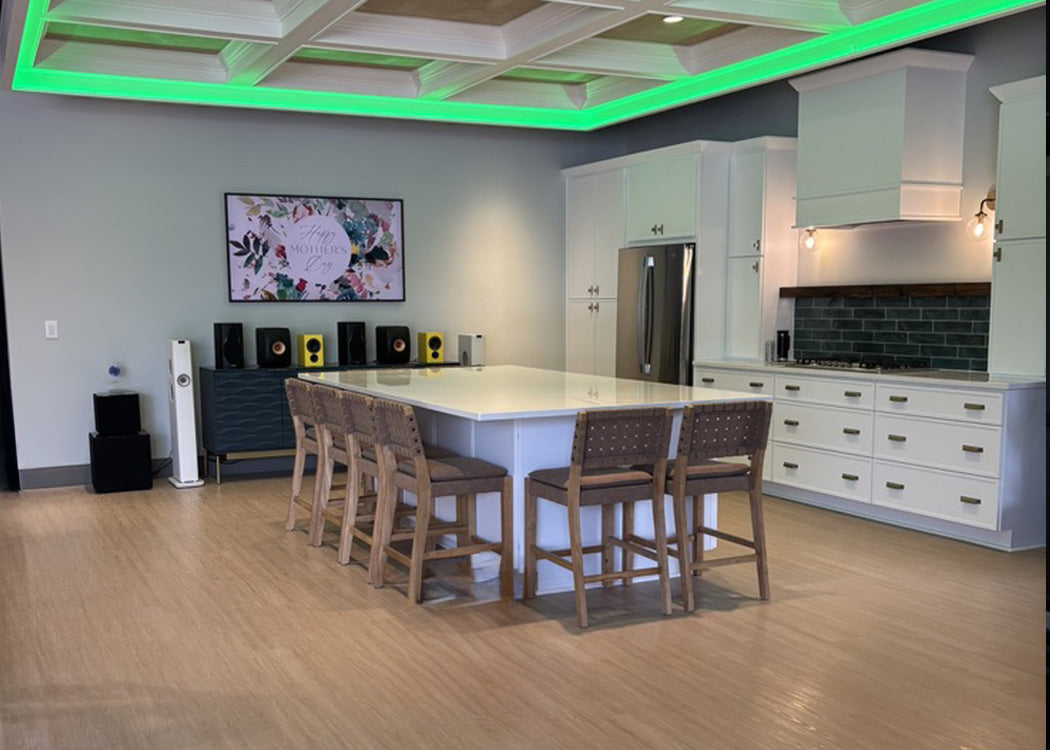Warranty
The SL-1500C comes with a two-year parts and labor warranty.
The SL-1200GR comes with a three-year parts and labor warranty.
Audio Comparisons
The audio comparison was a lot of fun to do and quite simple as well. With the two tables sharing essentially the same headshell, we just used the Ortofon 2M Red that comes with the SL-1500C and swapped it over to the SL-1200GR. Interestingly enough at the same time we were testing a new Technics integrated amp, the SU-R1000, their latest high end integrated. The amp was driving a pair of JBL 4367 studio monitors, connected up with Transparent MusicWave Plus speaker cables. We also cleaned each test record on the Audio Desk Vinyl Cleaner Pro.
Since these Technics tables reminded us of the golden days of rock and roll, we used some vintage vinyl for most of our testing. The first cut was “Holly Holy” from Neil Diamond’s Hot August Night on a Mobile Fidelity pressing. The big thing that jumped out here is the guitar that is centered in the soundstage right behind Neil Diamond in the mix. With the SL-1200GR you could hear each individual guitar string much better over the SL-1500C.
Next up was a 180g repressing of Joan Armatrading’s Joan Armatrading. We used the first cut “Down to Zero”. Here it was really clear the SL-1200GR had a better flow to the music presenting a much better sense of timing. One a good system, this cut will also extend outside the speakers and sound very open. The SL-1200GR gave us a wider stage with a much more effortless sound.
Last up was “Southern Cross” from Crosby, Stills & Nash Daylight Again. Here we once again heard better rhythm and pacing with that bigger sound, but we also felt the deep bass was better defined on the SL-1200GR.
These comparisons tell us the SL-1200GR is capable of supporting a very good cartridge. We would highly recommend if you get one, you look into a great cartridge. With all of the adjustments the tonearm offers, you will have a wide range of choices.
Which one is right for your system?
If you want a beautiful, solid turntable you can just plug right in and start enjoying vinyl, the SL-1500C is a great choice. It is built like a tank and does provide auto-lift at the end of the record which a lot of people will appreciate.
However, if you want better performance, the SL-1200GR does have lots of things that just flat out make it a better turntable.
If you’re ready to select your next turntable, we encourage you to take advantage of our carefully curated selection to narrow down your search. Overwhelmed by all of the options? Check out our Turntable Buyer’s Guide — we’ve done all of the legwork for you in order to provide you with your perfect fit. If you have any other questions, give us a call 888.899.8776, chat with us, or stop by one our North Carolina showrooms. Happy listening!
















































